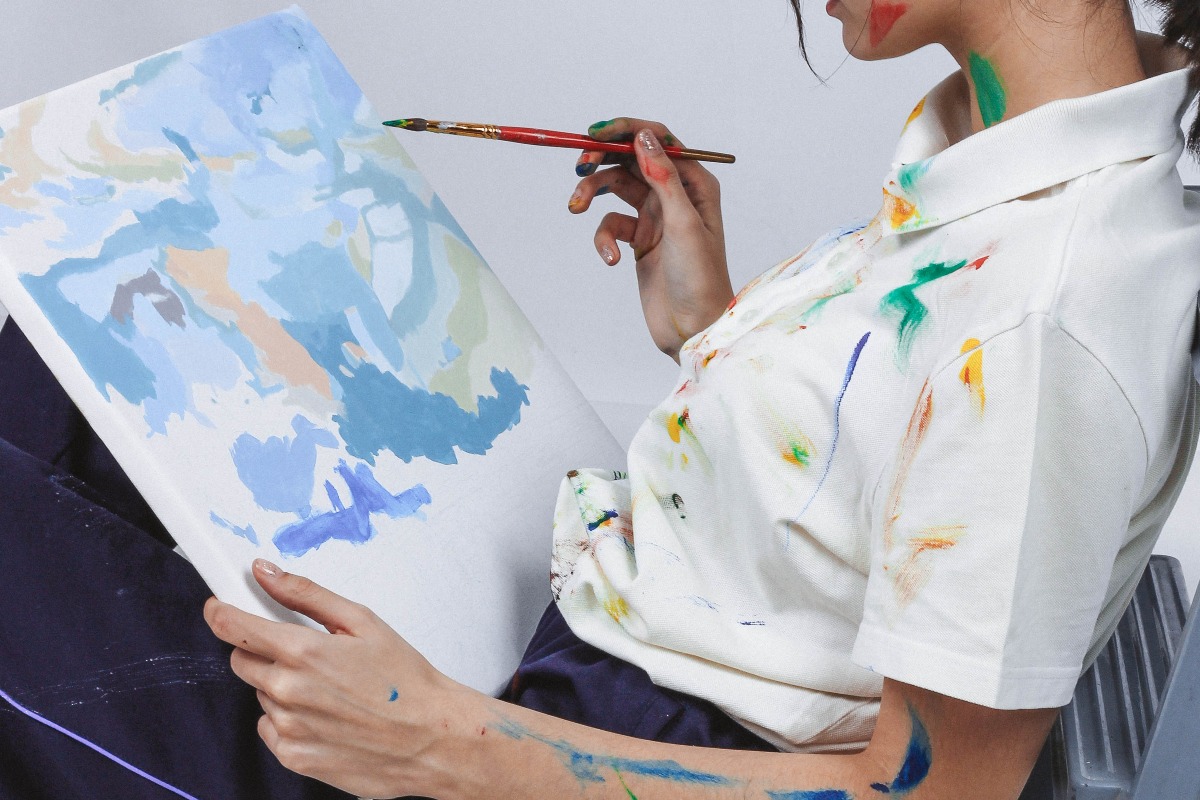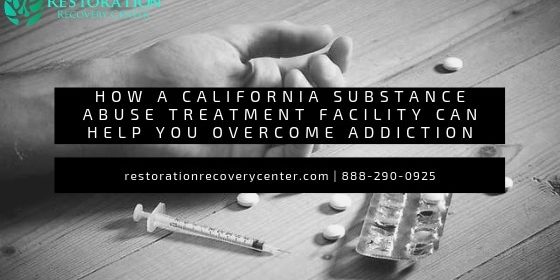How Does Art Therapy Help Clients Process Trauma?
Trauma can have a significant and long-lasting impact on your mental health. Everyone handles trauma differently. Some people may choose to go to their loved ones for support. But for others, talking about what they have experienced may be too difficult or painful. This is when art therapy can be a very helpful tool in support of the healing process.
At Restoration Recovery, we recognize that many people who experience trauma turn to substance misuse. We also recognize that there is more than one way of treating trauma. People all heal in different ways, and traditional forms of treatment, like talk therapy, may need to be supplemented with additional treatment methods, such as art therapy.
How Does Trauma Occur?
Trauma is the mental and physical response that a person has as a result of experiencing a deeply distressing event. It can stem from lots of different factors. Trauma can come in the form of surviving a natural disaster, witnessing an act of violence, getting into a car crash, or losing a loved one unexpectedly. It can also come from being a victim of emotional, physical, or sexual abuse.
The emotions associated with trauma can be so overwhelming that you might not know how to handle them. This is why many people, especially children, suppress their trauma by trying to act like nothing happened. This can go on for years and lead to many mental health problems. It is also the reason why many people struggling with trauma turn to substance misuse to cope.
What Is Art Therapy?
Internalizing trauma is not a healthy thing to do. It is important to talk about what you experienced with others so that you can begin to heal. But why, if you’re not yet at a stage where you’re comfortable doing that? For example, consider a child who does not know the words to explain what they’ve experienced accurately. Or imagine that an adult has told them to stay quiet about the traumatic event for so long that they can only remember bits and pieces of what occurred.
They might not be able to articulate the trauma they experienced fully. However, chances are they can visualize at least some of what happened. This is why art therapy is a great starting point for treating trauma. It opens a window into your inner self so that a therapist can get an idea of what occurred.
There are not many rules when it comes to art therapy. You are simply presented with whatever medium you choose to express yourself. The choice of art medium is entirely up to you. You could use colored pencils, paint, crayons, or even collage materials if you wish.
As you will learn at Restoration Recovery, art therapy doesn’t require being a good artist. For example, you don’t have to try to draw exactly what you remember of the traumatic event. You can even use different symbols to represent what happened and different colors to represent how you feel inside. When you’re finished, the therapist will then take a look at your art and ask you questions about it. This can help you to ease into talking about what you experienced without pushing yourself to move faster than you’re ready for.
What Are the Different Benefits of Art Therapy?
There are many different benefits of art therapy, and this process can really help to promote healing. Perhaps you hold your trauma deep inside and are afraid to discuss it, much yet visualize it. But putting what you experienced onto a piece of paper, for example, can promote a sense of closure or finality. You no longer have to fear the memory because you have already confronted it.
Now that some of the fear is lessened, you will hopefully feel more comfortable discussing what happened with your therapist. You can look at what you created and have a constant reminder that what you went through is in the past. There is no current threat or danger you need to be worried about. You can finally begin to let your guard down.
Being able to look at what you created can also serve as a reminder of what you have overcome. This way, whenever you’re feeling down, you can remind yourself of how strong you are and how far you have come.
It can take more than one different art therapy session to really see the results you’re looking for. However, it’s important to make sure to give it time and practice patience. Progress is being made slowly but surely, even if it doesn’t seem like it at the time. No matter how scary and overwhelming it may feel, continue to push yourself to be open and vulnerable.
Everyone heals in different ways. This is why it is important that both clients and treatment providers remain open to alternative forms of therapy. Healing from trauma is a complex and fragile process, but art therapy can be a helpful tool. At Restoration Recovery, we recognize that all of our clients are different. Thus, we use a lot of different kinds of methods of treatment. Some additional treatments we utilize include equine-assisted therapy, Christian counseling, group therapy, and more. If you are ready to begin your process of healing, we are here to help. We have helped many people achieve sobriety and better mental health. Don’t hesitate to give us a call at (888) 290-0925 today.






